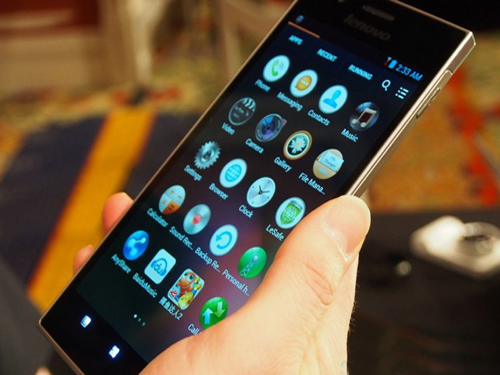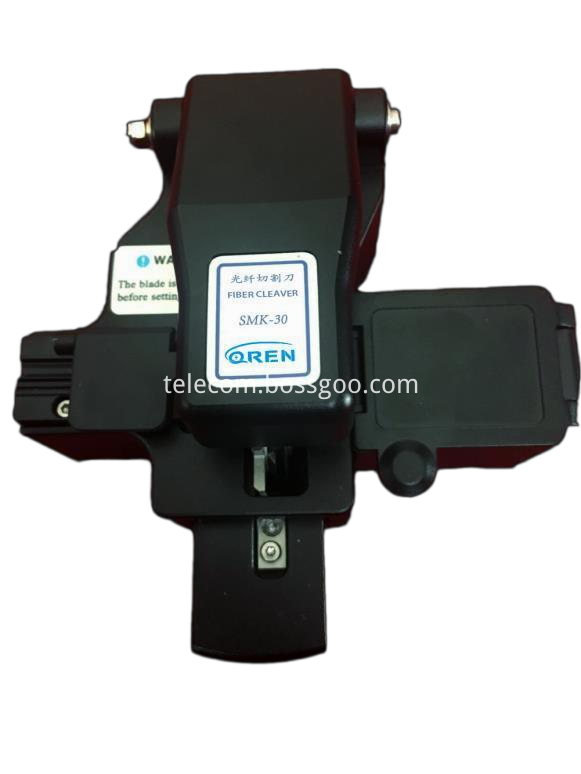Temperature and humidity sensors or will be used for smart phones

At present, the main reason that hinders smart phone manufacturers from adopting a temperature and humidity sensor may not come from the sensor itself. How to make it into a mobile phone user's favorable information becomes the key to the application. In Japan, application development for temperature and humidity sensors has taken the lead.
In China, mobile phone manufacturers, including Haier and Lenovo, have also begun some attempts to provide mobile phones that can display temperature and humidity for the rural market, which can help farmers understand climate change more conveniently. In the future, we may add temperature and humidity sensors to some handheld devices for the elderly to remind them to replenish moisture and adjust the temperature and humidity in time. In the field of consumer electronics, traditional applications of temperature and humidity sensors are weather forecasting and indoor monitoring. If only integrating such applications in mobile phones, are consumers willing to pay for the increased costs? “In the process of contacting domestic mobile phone customers, they are very optimistic about our products. The only doubt is that mobile phones still lack relevant applications. Windows 8 and Android 4.0 have added API support for temperature and humidity sensors, and related third-party application developers will be able to develop a large number of application software based on this, and once several international companies take the lead in their application, they will soon be formed in China. Perfect ecosystem.
The accuracy of temperature and humidity sensors used in consumer electronics may not need to be as high as 5% humidity accuracy and 0.5°C temperature accuracy to meet customer needs. With the continuous decrease in the price of sensors, we believe that not only high-end mobile phones, but also middle- and low-end smart phones will consider joining this function.
In terms of the Internet of Things, customers want a button battery that can power sensors for up to four years. In addition, networking and wireless transmission methods for multiple sensors are also a problem. Warehousing and transportation, logistics monitoring and other fields will be the key areas for the promotion of temperature and humidity sensors. According to statistics, compared with Europe and the United States, China's food transportation lacks monitoring measures. Using temperature and humidity sensors to monitor foods in transit can effectively help reduce food transportation losses.
The market for temperature and humidity sensors in the future will have a promising future, especially in the areas of consumer electronics and the Internet of Things. Many international companies have noticed this point. How to develop suitable applications has become the key to this. This requires the manufacturers of temperature and humidity sensors to seriously analyze the customer groups and propose the optimal solution.
The fiber cutter is used to cut fiber as thin as hair. After hundreds of times of amplification, the cut fiber is observed to be flat before discharging the fuse.
The material of fiber is quartz, so the material of fiber cutting knife blade is required.
Adaptive fiber: single or multi-core quartz naked fiber;
Suitable for fiber cladding :100-250um diameter.

Fiber Optic Cleaver, Optical Fiber Cleaver, Fiber Optic Cutter, Hardware Networking Tools
NINGBO YULIANG TELECOM MUNICATIONS EQUIPMENT CO.,LTD. , https://www.yltelecom.com
